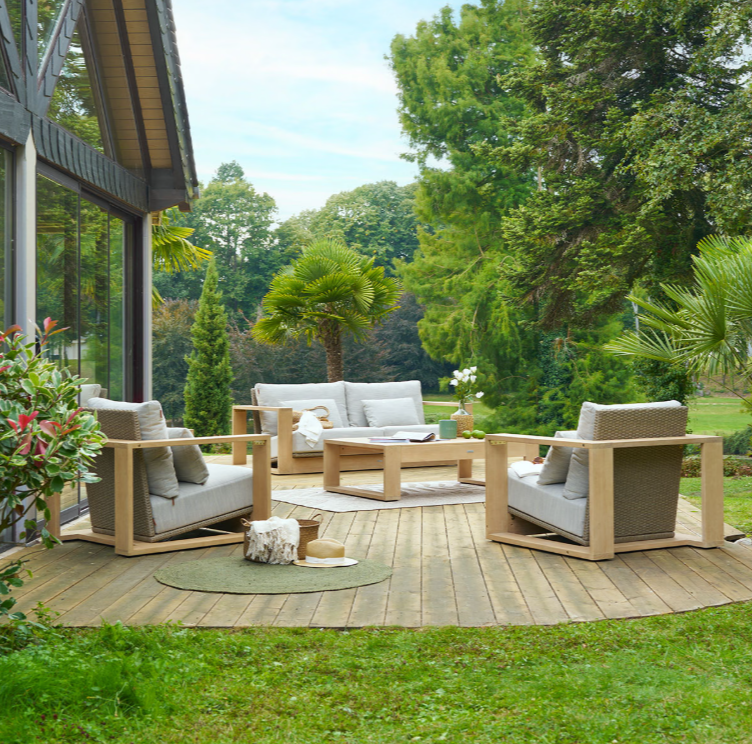Sustainability: why environmental responsibility is reshaping the way we furnish our homes
Product sustainability is now a strategic must. Discover how repairability and recyclability are redefining value and transforming business models.

Sustainability is no longer merely a marketing add-on; it has become a decisive factor in how we choose furniture and home décor. With environmental awareness on the rise, responsible materials, local production, and giving products a second life are now central concerns – in fact, 94% of consumers believe brands have a duty to offer planet-friendly products. This shift is transforming the furniture sector from design to distribution, with customers, employees, distributors, and investors all expecting genuine, measurable commitments. The question is: how can brands respond, and what does this mean for the home industry?. This collective awareness is profoundly transforming the furniture sector, from design to distribution channels. Customers, employees, distributors and investors all expect concrete commitments. How are brands adapting to this new situation? How can they respond to ever-increasing expectations? Let's take a look at what has become a central imperative in the world of the home.
Repairability rising in importance for purchase decisions
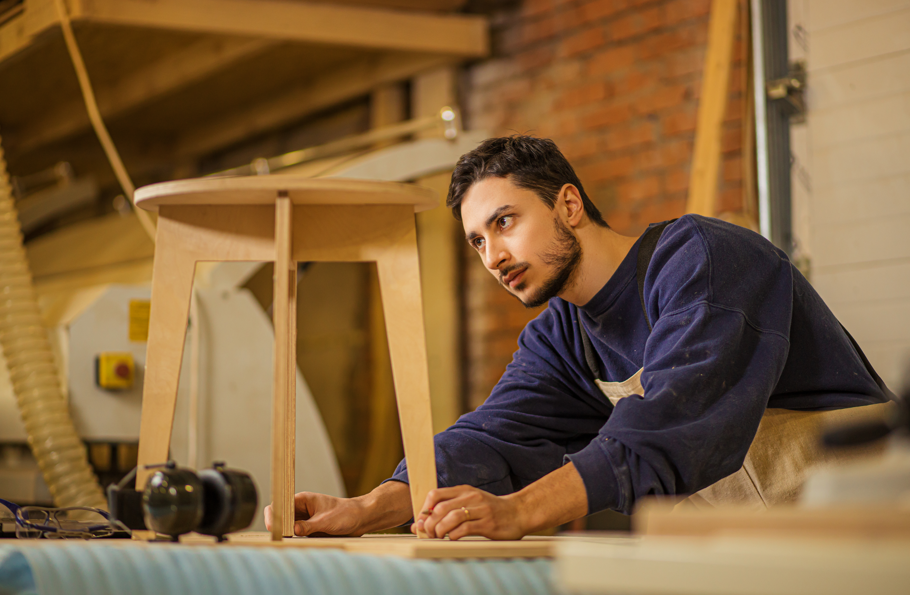
77% of consumers have changed their habits to reduce the impact of what they buy.
Consumer behaviour is evolving rapidly. The growing popularity of vintage, upcycled, and repairable products shows that we no longer select furniture solely for style or price; we also consider its environmental footprint. By 2024, 77% of consumers in France had changed their behaviour to reduce the impact of their purchases.
In this context, good intentions alone aren’t enough – sustainability has to be embedded in product design from the very start. Consumers today are well-informed and expect evidence, not vague promises.
Repairability, once treated primarily as a branding tool, now requires concrete measures:
- Long-term availability of spare parts
- Clear assembly instructions, including diagrams
- Furniture that can be dismantled using standard tools
- Standardised components that remain compatible over time
For businesses, this requires both a cultural and practical shift. For customers, it guarantees a longer-lasting product and the freedom to maintain or repair it as they wish.
Recyclability: expectations and misconceptions
Many consumers still confuse a product’s theoretical recyclability with whether it is actually recycled. A material may be recyclable in principle, yet fail to be processed due to technical, economic, or logistical constraints.
Meanwhile, growing attention to material traceability has led to initiatives like the Digital Product Passport (DPP), which provides data on supply chains and recycling processes. This enables brands to disclose precise data on a product’s origin, composition, and end-of-life options – something that is increasingly expected.
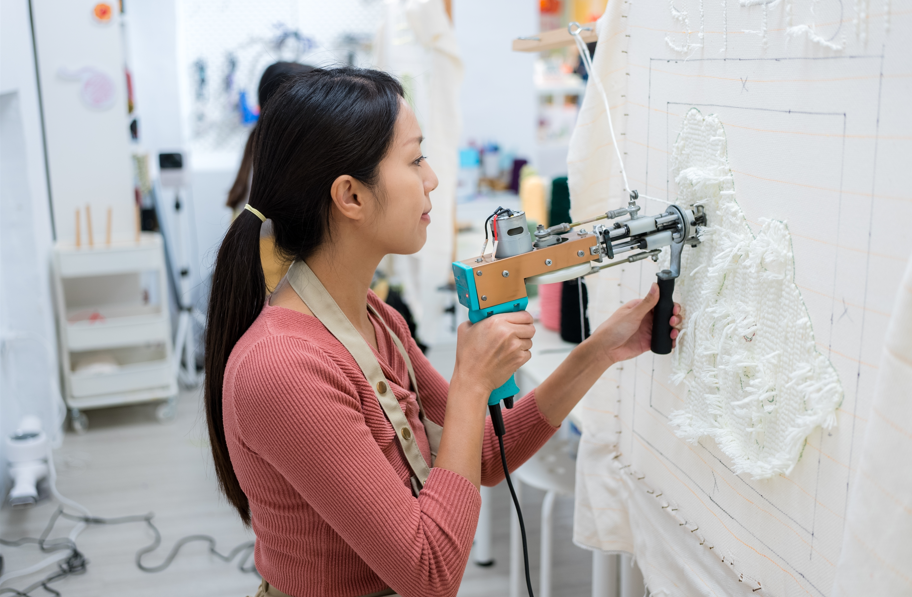
The traceability of materials is thus becoming a major issue. Initiatives such as Digital Product Passport (DPP)In addition, a number of new services are being developed to provide recycling information and supply chain data. Companies are expected to be able to provide accurate information on the origin, composition and recyclability of their products.
A new hierarchy of value
Once seen as “the rational choice,” sustainable products are, today, desirable objects in their own right. No longer regarded as less attractive alternatives, they are becoming benchmarks of quality, style and ethical commitment. Environmental responsibility has moved from a secondary criterion to a genuine driver of preference: buying sustainably now means making a choice that matters – one that doesn’t require compromising on style or pleasure.

60% of consumers demand concrete action on sustainability from brands.
Sustainability as a marker of desirability
According to a 2023 Roland Berger study, 60% of consumers expect brands to act on sustainability. PwC’s global research confirms the trend, finding that customers are, on average, willing to pay nearly 10% more for sustainable products.
The shift is particularly pronounced among younger buyers, for whom climate-related concerns increasingly shape their shopping habits.
The aesthetics of sustainability
This new mindset is also influencing aesthetics. A fresh design language is emerging: cleaner, more timeless, emphasising authentic materials and simple lines. The superfluous is giving way to creations designed to last and to be loved over time, reflecting a renewed appreciation for the essential – and a growing desire to consume more thoughtfully.
The shift is particularly pronounced among younger buyers, for whom climate-related concerns increasingly shape their shopping habits.
What this means for brands and manufacturers
These changes directly influence customer behaviour, and only businesses that understand and adapt to these new demands will navigate this shift successfully.
At JJA, aesthetics emerge from genuine commitment: simple forms, carefully chosen materials, and modular designs built to last and evolve with people’s lives. This philosophy of understated, honest, responsible design has a name: Home Beauty. Objects are created to bring lasting joy, free from excess. Because feeling good at home also means surrounding ourselves with things that carry meaning.
Building repairability into design
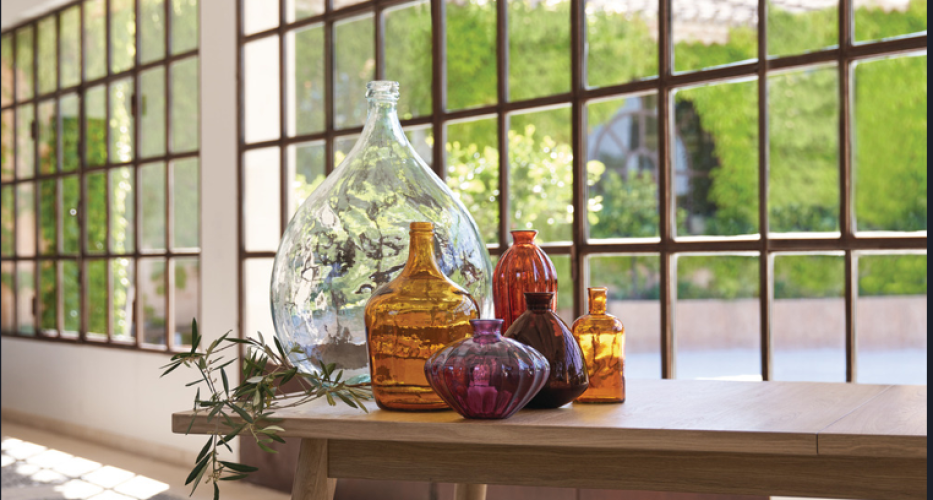
By using recycled PET bottles as raw material, Atmosphera delivers on its commitment to giving materials a second life.
JJA’s CSR commitments are guided by clear priorities, with repairability integrated from the design phase rather than treated as an after-sales service. This approach is not a passing trend – it reflects a growing consumer expectation and a fundamental right to products that last. The Atmosphera R.O.W. (Recycle Our Waste) collection illustrates this circular approach. By transforming recycled PET bottles into new products, it demonstrates that second-life materials can be both sustainable and stylish.
Design for longevity also means making repair accessible: products that can be dismantled with everyday tools, shared assembly guides and open access to repair documentation.
Meeting this expectation demands new processes, new production methods, and new skills within design teams.
Communicating with proof, clarity and transparency
Today, saying the right thing is not enough – brands must be able to prove it. Faced with increasingly demanding audiences, transparency has become essential to building trust. Communication should therefore rely on concrete, verifiable information such as:
- product lifespans
- manufacturing conditions
- repair costs
- availability of spare parts
This level of clarity not only reassures customers but also engages the entire value chain, from employees to partners and investors.

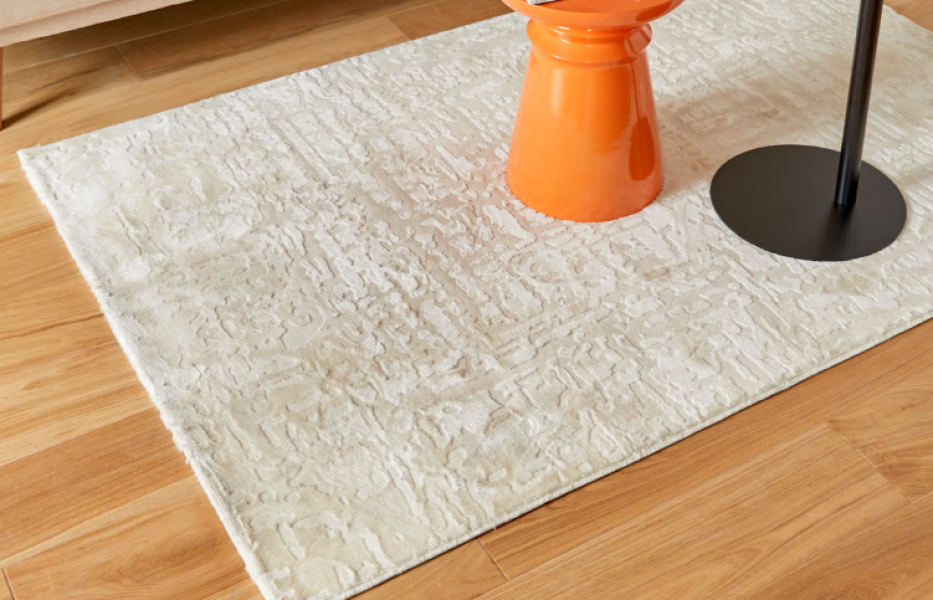
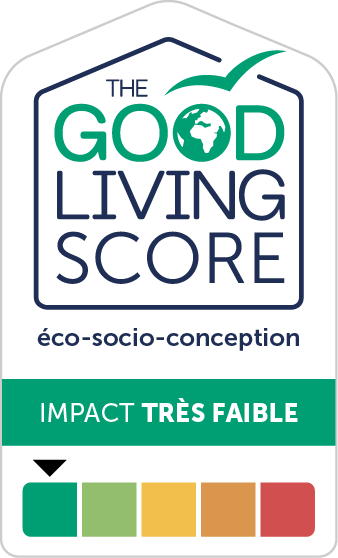
Measuring sustainability: JJA’s Good Living Score
Measuring sustainability is becoming a business priority. In France, a repairability index has been mandatory since 2021, and a broader sustainability index was introduced in 2025. Similar rating systems are emerging across industries, creating new benchmarks for accountability.
JJA has developed its own tool, the Good Living Score, launched in 2025 to assess the social and environmental impact of products in the home and décor sector. This tool offers consumers an objective comparison between products, guiding them towards the most sustainable choices.
Far from being a constraint, sustainability opens the door to opportunity: it fosters innovation, strengthens trust and restores meaning to value creation. For brands, it is also a driver of loyalty – because products built to last create relationships that last, too, laying the foundation for a more responsible future for all.



